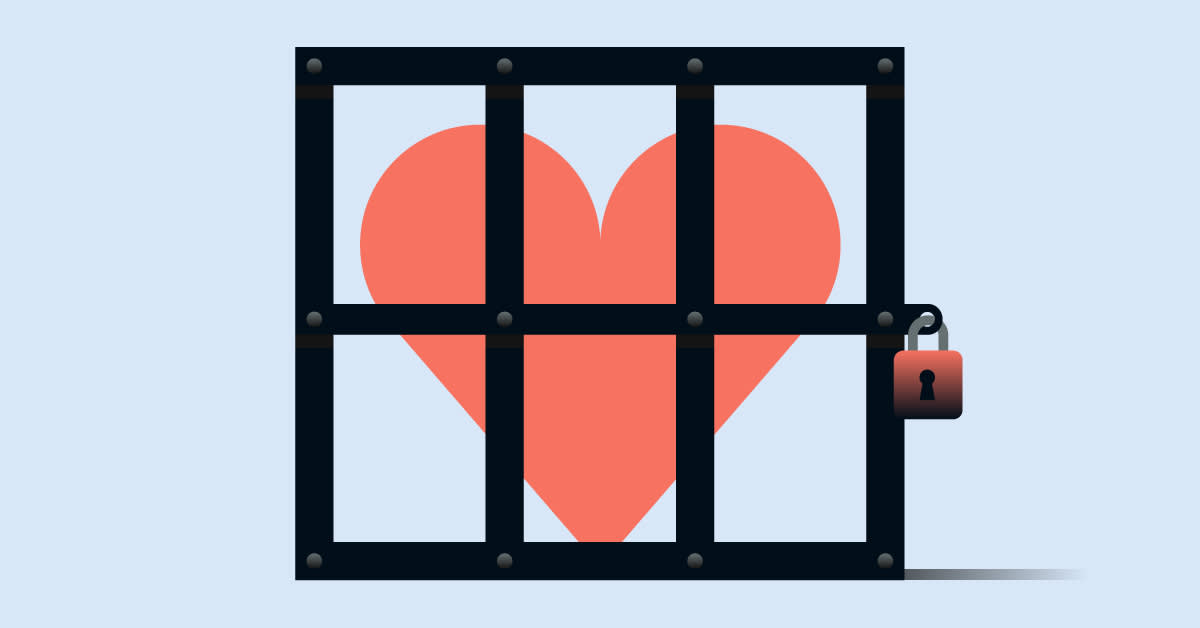There’s a reason why the freedoms of the press and religion are both enshrined in the same amendment to the U.S. Constitution. From 1557 to 1948, some 4,126 books were listed in the Catholic Church’s now infamous Index of Prohibited Books — or Index Librorum Prohibitorum — most of them religious in nature. In 1559 printers of Protestant literature were burned at the stake for their heresy.
The Constitutional framers knew that the only way to protect a nation of immigrants fleeing religious persecution was to guarantee their freedom of speech. Members of the American Library Association realize this, too. Every September since 1982 the ALA has celebrated the First Amendment with its Banned Books Week events, which include seminars on how to protect challenged books and nationwide “read-outs” where citizens gather to recite their favorite ones.
In the latest ALA list of frequently challenged books — compiled in 2014 — Sherman Alexie’s The Absolutely True Diary of a Part-Time Indian tops the list. “It had been successfully taught at a rural Ozarks high school in Stockton, MO for a few years until a local minister read the book,” explains Deborah Caldwell Stone, Deputy Director of the ALA’s Office for Intellectual Freedom. “Sherman Alexie pulls no punches about coming of age. There’s a small section of the book where he talks about what young men like to do in the dark by themselves. This absolutely outraged the minister. He campaigned successfully to have the book banned from the school.”
While such First Amendment challenges may seem insignificant compared to the Inquisition, they have a peculiar irony given the would-be censors’ Protestant heritage. “The situation in Stockton, sadly enough, was that it was such a small town the local church had a great deal of power in the community,” says Stone. “They had over 4,000 members, so when the American Civil Liberties Union showed up and said, ‘We’ll represent anyone here who’s willing to challenge the book ban,’ there was no one in the community willing to do it.”
Those who do resist a book ban risk facing a modern form of excommunication. “You have to find someone in the community who’s willing to stand up and take the social approbation that may go with challenging a book removal in court,” says Stone. “It can be very socially isolating in a community where the majority of your neighbors all belong to the same church and are of the same mind about the book.”
Not surprisingly, marginalized groups suffer disproportionately from censorship. A 2014 study using ALA data on banned/challenged books from 2000 to 2009 found that while people of color represent only 10 percent of all authors, they make up 19 percent of banned/challenged authors. Worse, more than half of the banned books dealt extensively with diversity issues, featuring non-white, gay, or disabled protagonists.
Number two on 2014’s top ten most challenged books was Marjane Satrapi’s Persepolis, a graphic novel about an Iranian girl’s coming of age during the Iranian Revolution. It was challenged in multiple school districts nationwide for a number of official reasons, including “coarse language” and depictions of torture, but an undercurrent of Islamophobia runs through many of the complaints. In an Illinois school district, a parent fighting to block high school seniors from reading it “questioned why a book about Muslims was assigned on September 11.” As Stone observed in her research, while reading lists for high school students often include books containing coarse language, violence, or sex, the ones about people of color are more likely to be the targets of bans.
Any book about gay and transgender issues also tends to spark parochial parents’ ire. Number three on the 2014 list is And Tango Makes Three, a children’s book about two male penguins raising a chick, which certain Christian conservative groups interpreted as evidence of a gay political agenda. (2015’s banned list will be released this April during National Library Week.)
While the internet offers easy access to downloadable literature, many students affected by book bans lack the economic resources to make that option viable. “I visited this community in the middle of the Ozarks where they banned Sherman Alexie’s book,” says Stone. “There’s no public transportation. There’s no local public library. There is no ability to go to a Barnes & Noble and pick up this book. So when you ban that book from that community for anyone under the age of 17 who can’t drive and has no job, you are banning that book. To argue you could order it from Amazon is just not reality.”
Stone suggests that these disadvantaged students are the ones who might find Alexie’s book particularly valuable. “Many of the young people in Stockton love this book,” says Stone. “They themselves are living in rural poverty so they really identify with the struggles of the protagonist. By banning it you are preventing them from opening up their world and learning from others’ experiences.”
Great works of literature can teach us to empathize with people different from ourselves, Stone said. We celebrate our banned books — and fight for them to stay on the shelves — in order to safeguard the privilege of walking in another person’s shoes.




